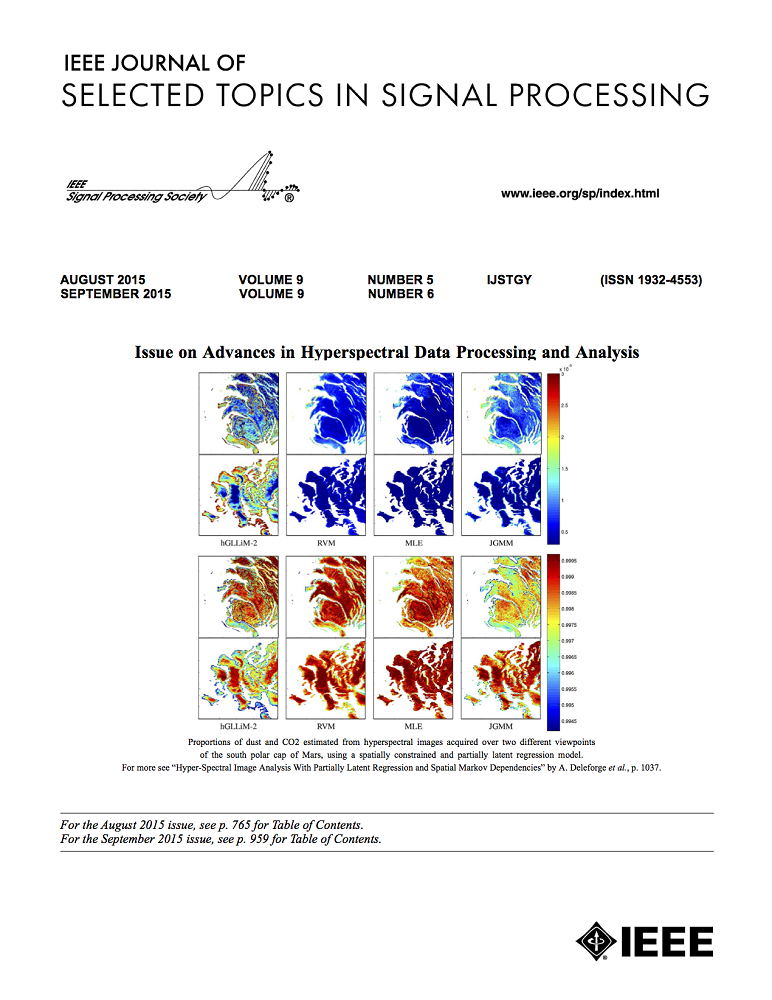Utility-Driven Joint Caching and Bitrate Allocation for Real-Time Immersive Videos
IF 8.7
1区 工程技术
Q1 ENGINEERING, ELECTRICAL & ELECTRONIC
IEEE Journal of Selected Topics in Signal Processing
Pub Date : 2023-07-14
DOI:10.1109/JSTSP.2023.3295597
引用次数: 1
Abstract
Real-time immersive video demands high network bandwidth and low transmission delay. Limited communication resources make it time-consuming to deliver immersive videos in cloud service scenarios. To overcome this, we design a utility-driven实时沉浸式视频的实用驱动联合缓存和比特率分配
实时沉浸式视频对网络带宽要求高,传输时延要求低。有限的通信资源使得云服务场景下的沉浸式视频交付非常耗时。为了克服这一问题,我们设计了一种实用驱动的实时沉浸式视频联合缓存和比特率分配(JOCB)算法,通过移动边缘计算(MEC)技术更好地利用网络和缓存资源。首先,我们提出了一个概念,即不新鲜度指标,以反映MEC中缓存瓦片的过时程度。其次,我们定义了沉浸式视频的质量(QoI)来评估用户的体验,包括内容特征、不新鲜度、空间和时间质量损失。第三,我们制定了以传输损耗为代价提高有效质量的系统效用。效用优化问题可表示为整数规划问题,分解为缓存更新子问题和基于查看概率的自适应比特率分配子问题,分别采用分支定界算法和贪婪算法求解。我们已经实现了一个沉浸式视频传输系统来进行实验。仿真和实验结果进一步表明,JOCB可以通过平衡传输成本和qi来实现效用最大化。
本文章由计算机程序翻译,如有差异,请以英文原文为准。
求助全文
约1分钟内获得全文
求助全文
来源期刊

IEEE Journal of Selected Topics in Signal Processing
工程技术-工程:电子与电气
CiteScore
19.00
自引率
1.30%
发文量
135
审稿时长
3 months
期刊介绍:
The IEEE Journal of Selected Topics in Signal Processing (JSTSP) focuses on the Field of Interest of the IEEE Signal Processing Society, which encompasses the theory and application of various signal processing techniques. These techniques include filtering, coding, transmitting, estimating, detecting, analyzing, recognizing, synthesizing, recording, and reproducing signals using digital or analog devices. The term "signal" covers a wide range of data types, including audio, video, speech, image, communication, geophysical, sonar, radar, medical, musical, and others.
The journal format allows for in-depth exploration of signal processing topics, enabling the Society to cover both established and emerging areas. This includes interdisciplinary fields such as biomedical engineering and language processing, as well as areas not traditionally associated with engineering.
 求助内容:
求助内容: 应助结果提醒方式:
应助结果提醒方式:


